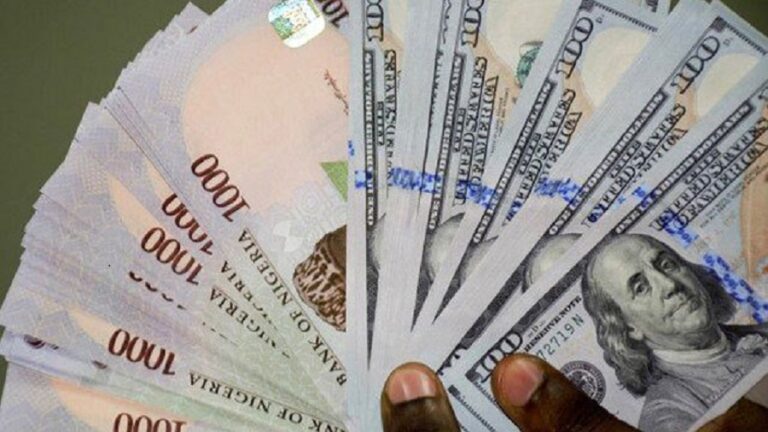By Atoyebi Nike
Asian markets swung between gains and losses on Thursday, as the US dollar plunged to its weakest level in over two years following reports that former President Donald Trump may name a replacement for Federal Reserve Chair Jerome Powell months before his term ends in 2026.
According to insider sources, Trump is weighing a September or October timeline to announce a new nominee , a move that has raised alarms over the Fed’s independence and rattled global markets. The news triggered a broad sell-off in the dollar, lifting demand for traditional safe-haven currencies such as the Swiss franc and Japanese yen.
“If Trump signals a more dovish Fed candidate now, it could fuel fears that monetary policy will be guided by politics, not data,” said Tony Sycamore, analyst at IG Markets. “That perception hits the dollar’s credibility hard.”
Despite the dollar’s slump, regional stocks showed resilience. The MSCI Asia-Pacific index (excluding Japan) posted modest gains, buoyed by a Wall Street rebound and optimism surrounding a sustained ceasefire between Israel and Iran. Japan’s Nikkei 225 surged 1.5%, reaching a five-month high.
Currency markets reflected heightened caution. The euro climbed to $1.6837, its strongest since 2021, while the yen firmed 0.3%, trading at 144.815 per dollar. The Swiss franc rose to a decade peak. The US dollar index, already down 10% in 2025, continues to suffer from investor unease over Trump’s tariff threats and combative trade rhetoric.
Market participants are also watching Trump’s looming July 9 trade deadline, with concerns that new tariffs could disrupt global supply chains and reignite inflation pressures.
Speaking before Congress on Wednesday, Powell acknowledged the inflationary risks of Trump’s tariff proposals, stating that while immediate impacts may be moderate, long-term consequences could be more severe. His comments came as the probability of a July interest rate cut rose to 25%, up from 12.5% a week earlier, based on CME FedWatch data.
“Markets are starting to price in a Fed shift under pressure,” said Ben Bennett of Legal & General Investment Management. “Tomorrow’s PCE inflation numbers will likely determine near-term direction.”
Analysts at Bank of America cautioned that geopolitical uncertainties, volatile trade dynamics, and high debt levels across advanced economies could destabilize bond markets if left unchecked.
Meanwhile, oil prices extended recent gains, supported by easing geopolitical tensions and recovering demand sentiment. Brent crude inched up 0.37% to $67.93, while WTI crude rose 0.45% to $65.21.
